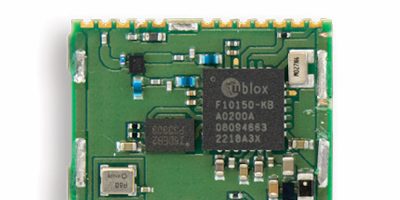Predictive maintenance from Farnell now includes over 80,000 available industrial products from over 42 industrial manufacturers including Schneider Electric, Honeywell, Siemens, ABB, Omron and Omega.
Farnell’s line card includes a range of industrial components that can monitor facilities’ power, drives and motors to provide alerts when automated systems are at risk. Farnell also provides technical resources to help customers stay informed in the changing maintenance landscape.
Cliff Ortmeyer, global head of technical marketing from Farnell, believed the latest products offer advances in the industrial IoT (IIoT) to help reduce the cost, time and effort required to implement predictive maintenance solutions.
The distributor has recently added Siemens’ Simatic series HMI touch screens. They are designed for the implementation of high performance visualisation applications on the machine level. They feature high performance, functionality and numerous integrated interfaces, said Farnell.
Another new addition is OsiSense XS series of inductive proximity sensors from Schneider Electric. These contributes to machine performance and machine compactness with a wide adjustment range.
Fluid level controllers from Omron are another addition. They detect a variety of conductive liquids and are designed for a wide range of industrial applications including semiconductor, food, chemical and pharmaceutical industries.
Farnell also provides technical resources to help keep manufacturers informed of the latest best practices around predictive maintenance. Some of the instructional offerings from Farnell include a whitepaper on predictive maintenance with Industrial IoT and the new e-Techjournal Industrial automation – all the power & control, there is also a webinar recording on predictive maintenance and IIoT.
Farnell has over 80 years’ experience in the high service distribution of technology products and solutions for electronic system design, production, maintenance and repair. It supports its broad customer base, from hobbyists to engineers, maintenance engineers and buyers, and works with leading brands and start-ups to develop new products for market.
Farnell trades as Farnell in Europe, Newark in North America and element14 throughout Asia Pacific and sells direct to consumers through a network of resellers and its CPC business in the UK.
Farnell is a business unit of Avnet. Avnet has an extensive ecosystem that delivers design, product, marketing and supply chain expertise for customers at every stage of the product lifecycle.







